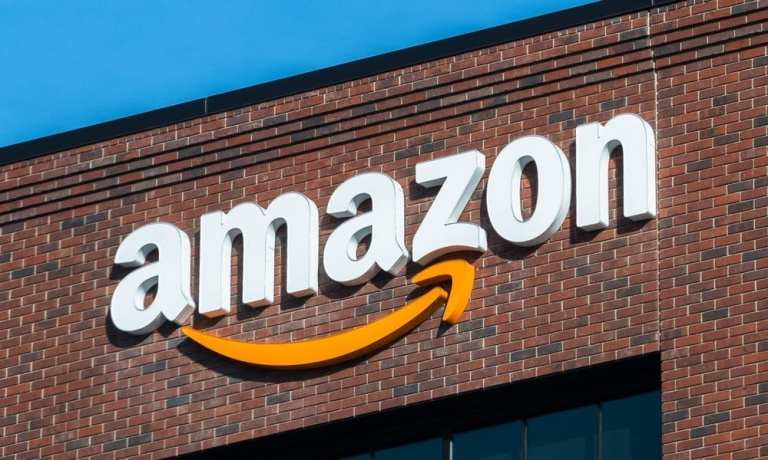Amazon To Curb Bulk Orders From Small Suppliers To Cut Costs

Call it the great purge of 2019?
Amazon is reportedly in the midst of reshaping relationships with several of its longtime vendors, according to Bloomberg.
The lasting effect will be that bulk orders “dry up” for many suppliers, most of them classified as smaller firms.
The latest actions come after an initial halt, the news outlet reported, that occurred months ago. During that action, Amazon stopped orders from suppliers, reportedly without explanation, then started up those orders again. At the time, the company said that it was looking to get rid of counterfeit products being sold.
But now comes the purge, one the report said will “upend” relations between the eCommerce giant and vendors, with the primary impact being felt across bulk orders, unnamed sources told the news outlet.
The move would put more of Amazon’s emphasis on cutting costs and buying in bulk (to ensure supply), through wholesale purchases from companies that include giants in verticals as far-flung toys and consumer packaged goods, such as Lego and Procter & Gamble. It’s a competitive shot across the bow against other firms seeking to make inroads into eCommerce, such as Target and Walmart, where digital sales have been gaining momentum.
Without the bulk orders that have been a staple of doing business with Amazon, some of these smaller players (who sell less than $10 million annually via Amazon) will have to rely on more piecemeal transactions across the platform.
The move would change the way Amazon gets it inventory, where it buys wholesale and resells, or lets independent sellers hawk their wares across the site. The report noted the shift will mean that the marketplace “share” of revenue will climb. In essence, the vendors will sell more items themselves across the site, which in turn means that Amazon does not conceivably have to pay staff (who manage vendor relationships) to forecast and manage bulk orders and also streamline inventory. In addition the company also gets a commission on each sale a vendor makes on the site, and can charge for other services such as packing and delivery. At present the marketplace garners more than half of Amazon’s eCommerce sales, where in total EMarketer has projected consumers will spend $317 billion this year.
“This is the kind of change that will scare the living daylights out of brands selling on Amazon,” said James Thomson, organizer of the annual eCommerce Prosper Show, according to the report. “Amazon usually doesn’t give a lot of lead time and brands will be left scrambling. If they make this change soon, brands will have until the end of the summer to get their acts together or their holiday quarter will be at risk.”
Amazon told the news outlet through an emailed statement, “We review our selling partner relationships on an individual basis as part of our normal course of business, and any speculation of a large scale reduction of vendors is incorrect. Like any business, we make changes when we see an opportunity to provide customers with improved selection, value and convenience, and we do this thoughtfully and considerately on a case-by-case basis.”
”